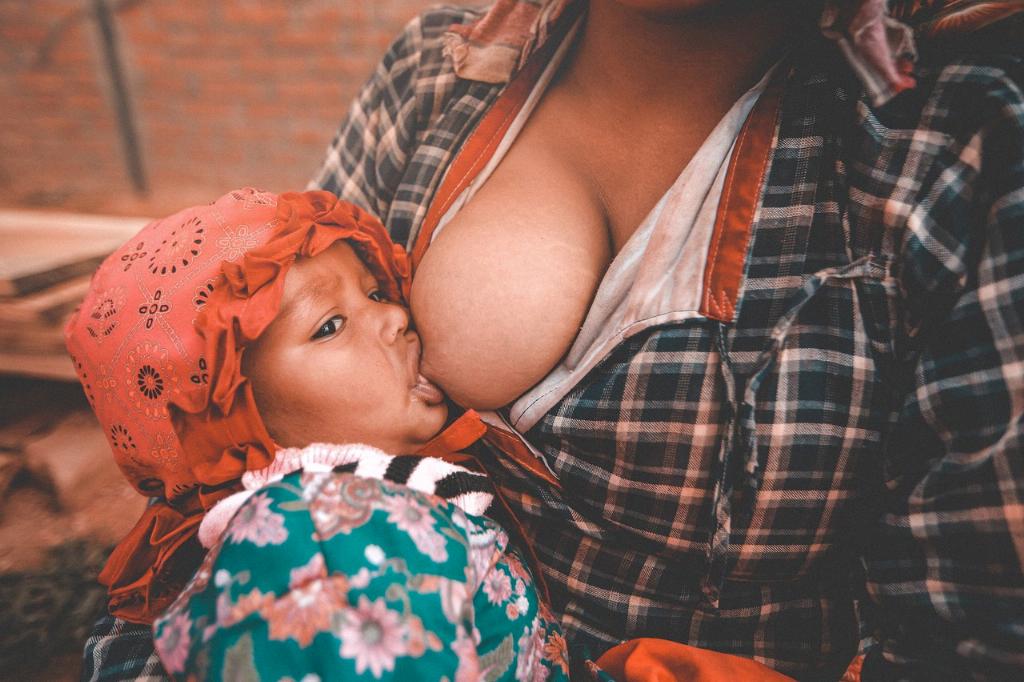When it comes to the connection between bleeding nipples and mastitis, it’s essential to understand the relationship between these two conditions. In most cases, mastitis does not directly cause nipple bleeding. Instead, it is often the result of cracked, damaged, or bleeding nipples that serve as an entry point for bacteria, potentially leading to a mastitis infection.
It’s important to recognize that mastitis is typically triggered by bacterial infection, and the presence of broken skin on the nipple can facilitate the entry of harmful bacteria into the breast tissue, increasing the risk of developing mastitis.
One of the primary factors contributing to nipple bleeding is improper latch during breastfeeding. When the baby does not latch correctly, it can cause trauma to the nipple, resulting in cracks or injuries that may lead to bleeding. These open wounds create an opportunity for bacteria to enter and cause mastitis.
Additionally, friction from clothing, inadequate nipple care, or using harsh soaps can also contribute to nipple irritation and potential bleeding. If left unaddressed, these issues can escalate and potentially result in a mastitis infection.
It is crucial for individuals experiencing bleeding nipples to address the underlying cause promptly to prevent complications such as mastitis. Practicing proper breastfeeding techniques, ensuring a correct latch, and using nipple creams or shields can help reduce the risk of nipple trauma and bleeding.
Furthermore, maintaining good hygiene practices, such as keeping the breast and nipple area clean and dry, can help prevent bacterial growth and minimize the chances of developing mastitis due to open wounds on the nipple.
If bleeding nipples persist or if there are signs of infection such as redness, swelling, or fever, it is imperative to seek medical advice promptly. A healthcare provider can assess the situation, provide appropriate treatment, and offer guidance on managing nipple issues to prevent complications like mastitis.
In conclusion, while mastitis itself may not directly cause nipple bleeding, it is crucial to address and treat bleeding nipples promptly to minimize the risk of developing a mastitis infection. By taking proactive steps to promote nipple health and practicing good breastfeeding habits, individuals can reduce the likelihood of complications and maintain overall breast health.

